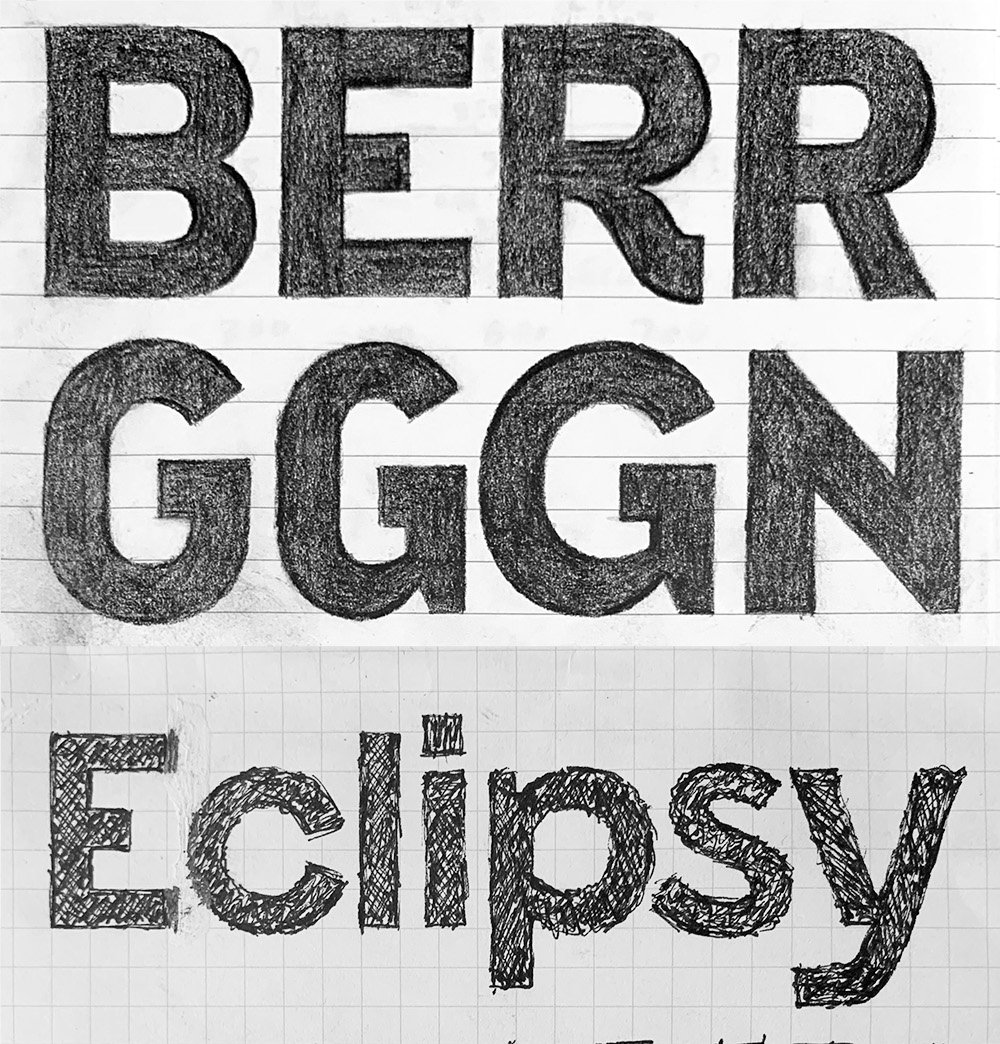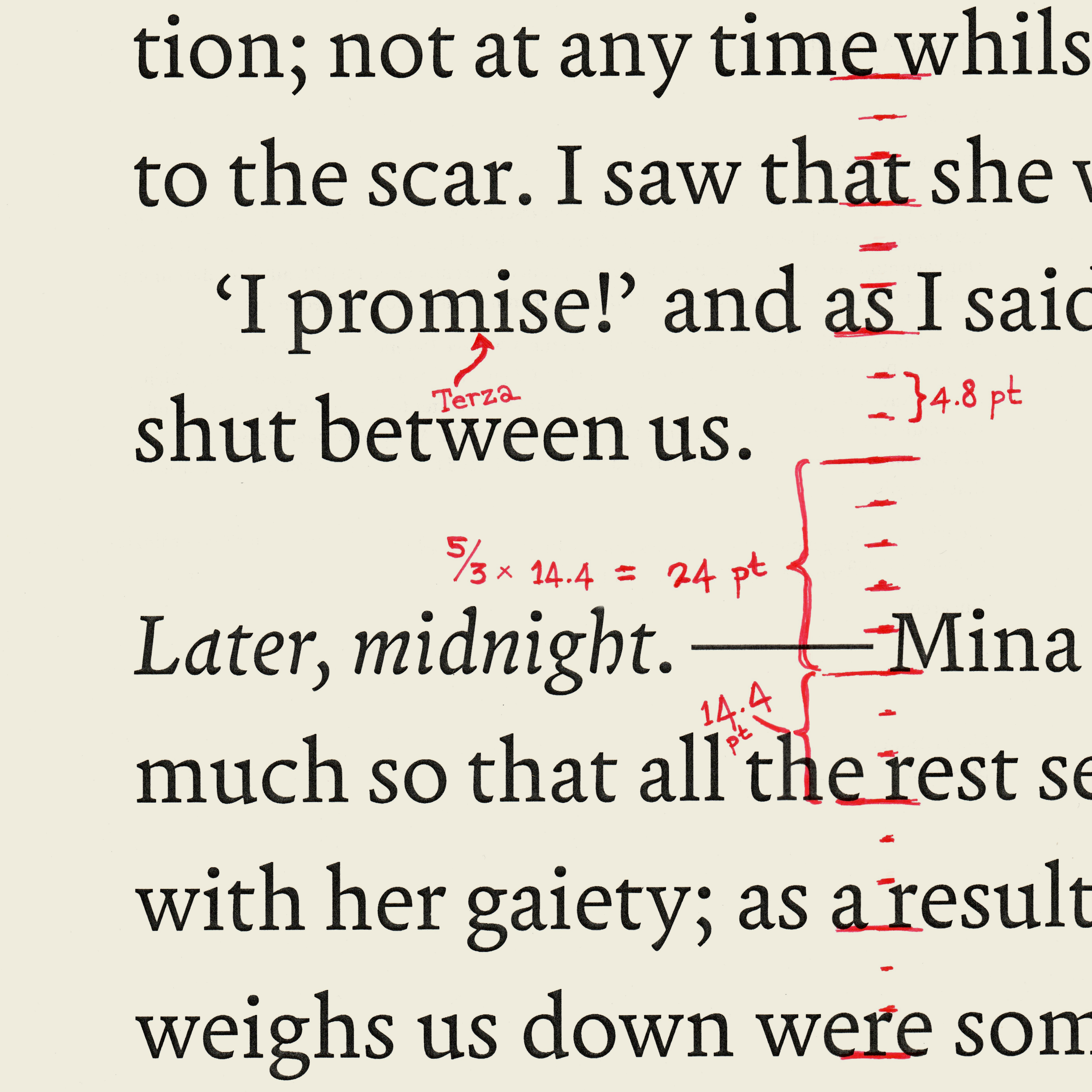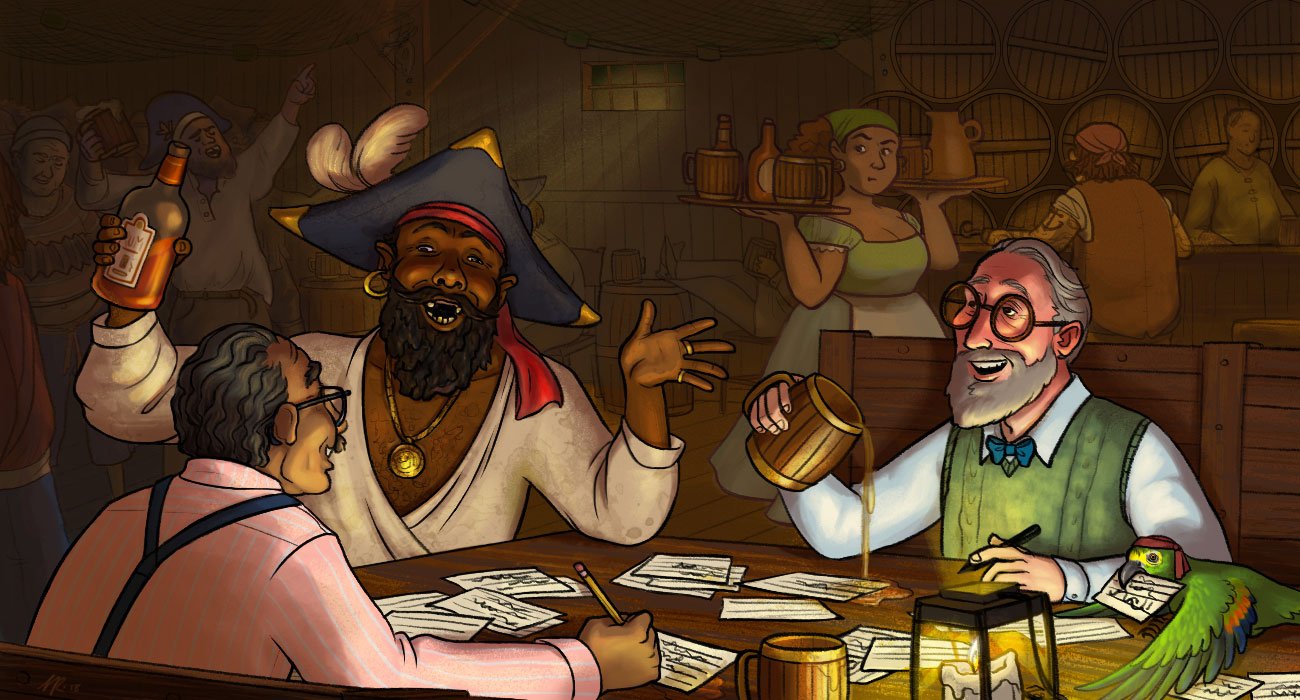
‘A Very Long Now’ Begins construction
A Very Long Now is being assembled on site in Fort Worth. The principal fabricators are 900 North Studios, based out of Indianapolis.

Two non-partisan, pro-democracy documents
In advance of the 2024 national elections, I have worked with the National Association of Latino Elected and Appointed Officials and Asian Americans Advancing Justice | AAJC on two documents meant to bolster an informed and active electorate.

The Story of Name Sans
My friend and type-design hero Stephen Nixon has finally released the 1.0 version of his lovely Name Sans (the type family used for headlines on this very site). It was a pleasure to collaborate with him in telling the (very New York) story of how it came to be.
Sketch by Stephen Nixon

Tropical Standard
Tropical Standard, an excellent new cocktail book by my friends Garret Richard and Ben Schaffer, is out today! I had the honor of being an early reader of the manuscript back in 2021, and it’s great seeing their work out in the world!
Title page design: Rafael Geroni

Making Camp
Making Camp, by my good friend Martin Hogue, is out today. I edited several earlier incarnations of this project before Martin found a home for it with Princeton Architectural Press, and it’s amazing to see what it has become. Anyone with a love for old, idiosyncratic maps will be especially pleased by this book’s fantastic trove of imagery.
Cover design: Paul Wagner w/ Martin Houge

⅓ is a magic number
In this technical essay on book design, I make the case that when it comes to texts requiring complex vertical spacing, a module of ⅓ the baseline-to-baseline distance has decided advantages.

Update: A Very Long now
A public-arts project for Ft. Worth that looked like it was not to be is unexpectedly back on the table.
Sketch by Alicia Eggert

The London Workshops
The London Workshops, a book I created with Syracuse University professors Anne Munly and Davide Sacconi is available now.

Re-kerning Baskerville Original
One of the best font families of the digital era suffers from sporadic kerning issues. Fortunately, InDesign’s grep styles can plug the holes in the kerning table.

Review: Rum, Yesterday and Today
My review of Rum, Yesterday and Today, published on The Rum Reader.
(Image: Sayada Ramdial)

Review: Smugglers Cove
My review of Smugglers Cove, published on The Rum Reader.
(Image: Ileana Soon)